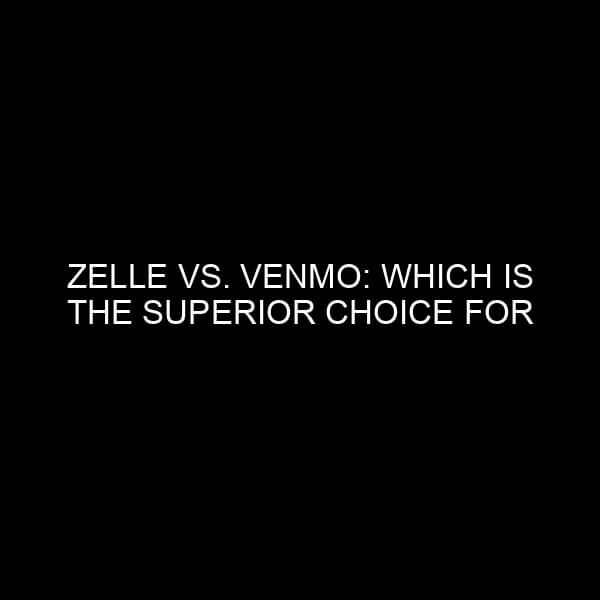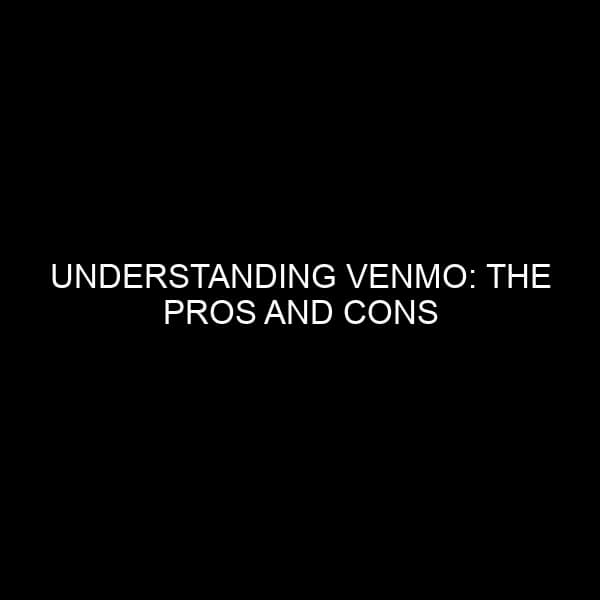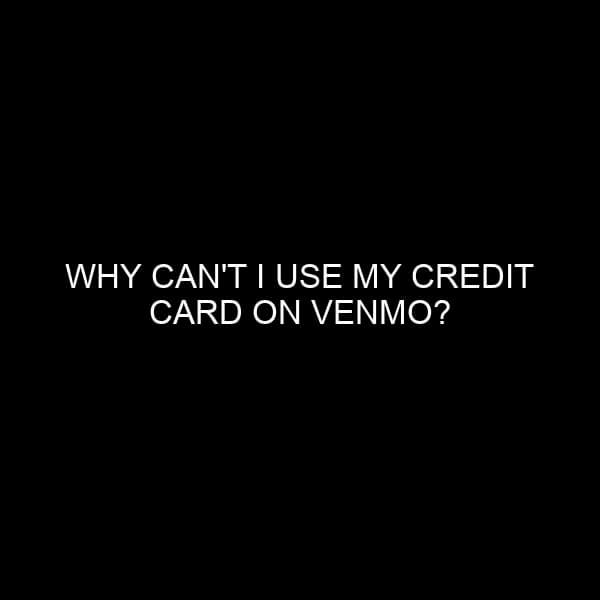How Much Does Venmo Charge for $100? A Comprehensive Breakdown
When it comes to peer-to-peer payment apps, Venmo stands out as one of the most popular options available today. Acquired by PayPal in 2013, Venmo has made sending and receiving money as simple as sending a text. But, just like every financial transaction, there are fees involved, and understanding them is essential for every user. How much, then, does Venmo charge when you’re transferring $100?
Understanding Venmo’s Fee Structure
Before delving into specifics, it’s crucial to grasp Venmo’s broader fee structure. The company has built its reputation on offering fee-free transactions for many of its services. But there are scenarios where charges apply, primarily when there’s a blend of convenience and instant gratification. Let’s dive deeper.
1. Personal Transactions Using a Bank Account or Debit Card
When you send or receive money from friends or family using your linked bank account or an accepted debit card, Venmo does not charge any fees. Therefore, if you were to transfer $100 to a friend for a shared dinner bill using your linked bank account or debit card, there would be no fee. Your friend would receive the full $100.
2. Credit Card Transactions
Things change when you opt to send money using a credit card. Due to processing fees that Venmo incurs from credit card companies, there is a 3% fee for sending money with this method. Thus, for a $100 transaction using a credit card, you’d pay an additional $3, making your total charge $103.
3. Instant Transfers to Your Bank Account
One of Venmo’s attractive features is its ability to transfer money to your bank account instantly. Rather than waiting the standard 1-3 business days for a free transfer, you can opt for an instant transfer for a fee of 1% of the transferred amount. This fee has a minimum charge of $0.25 and a maximum fee of $10. Therefore, if you decided to instantly transfer $100 to your bank, you’d pay a $1 fee.
4. Purchasing with Venmo
When using Venmo to make a purchase, either online or at a retailer that accepts Venmo, there is no additional fee for the consumer. However, it’s worth noting that merchants do pay a fee to accept Venmo, which can vary based on their agreement with the service.
5. Venmo’s Cryptocurrency Fee
Given the rise in cryptocurrency popularity, Venmo also facilitates the buying and selling of certain cryptocurrencies. This comes with its own fee structure. While the exact percentage can vary based on the amount and type of cryptocurrency, for our hypothetical transaction of $100, expect a fee ranging from 1.5% to 2.3%.
Why Venmo’s Fees Matter
For the savvy consumer, understanding these fees is crucial. While $1 or $3 might seem insignificant in the short term, over time, these charges can accumulate. Furthermore, as Venmo continues to evolve and offer new services – such as their Venmo Card or Venmo Credit Card – staying updated on their associated costs is essential to manage your finances effectively.
Alternatives to Venmo
While Venmo is undoubtedly popular, it’s not the only player in the game. Services like Cash App, Zelle, and Google Pay also offer peer-to-peer payment options, each with its own fee structure. Before committing to one platform, it’s advisable to compare their offerings, considering both fees and user experience.
Conclusion
In summary, sending or receiving $100 on Venmo can be entirely free, or it can come with varying fees depending on how you choose to transact. Being aware of these costs helps in making informed decisions, especially when larger sums are involved.
In the ever-evolving world of digital banking and peer-to-peer payment systems, Venmo offers a user-friendly and versatile platform. But, as with all financial tools, a little knowledge goes a long way. By understanding the associated fees, you can use Venmo to its fullest potential without any unexpected hits to your wallet.






